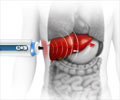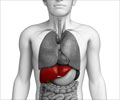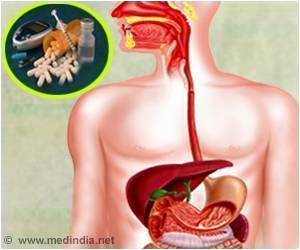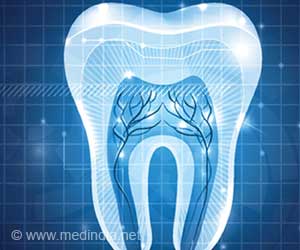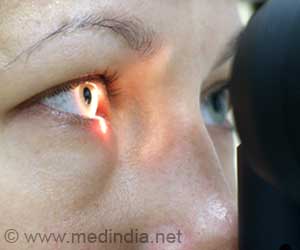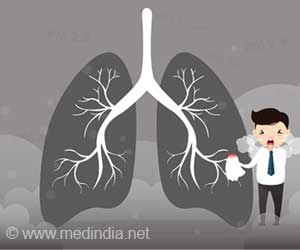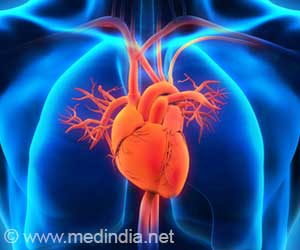A healthy liver contains a small amount of fat. It becomes a problem when fat reaches 5% to 10% of your liver's weight.
- Fatty liver is a buildup of excess fat in the liver that can lead to liver disease and is often undiagnosed due to the lack of specific symptoms
- There are two types of fatty liver disease: alcoholic fatty liver disease (AFLD) and nonalcoholic fatty liver disease (NAFLD), with the latter being linked to other health issues such as obesity, insulin resistance, and high blood sugar
- Fatty liver disease can be reversed if identified early through lifestyle changes such as controlling diabetes, losing weight, and maintaining a proper diet and exercise routine. Medications like saroglitazar may also be promising in managing fatty liver
Liver Disorders Often Go Unnoticed
The liver is your body’s only organ that can regenerate by replacing old, damaged cells with new ones. However, its functionality is compromised when the liver strains to eliminate fat. When scar tissue accumulates, the liver struggles to carry nutrients throughout the body, increasing pressure in the surrounding veins. Excess fat destroys your liver cells and produces inflammation over time. What’s more concerning is that even when a fatty liver is identified, individuals tend to ignore it because they don’t feel its symptoms.What are the Types of Fatty Liver?
Fatty liver disease is classified into two types: alcoholic fatty liver disease (AFLD) and nonalcoholic fatty liver disease (NAFLD). AFLD, as the name implies, is caused by excessive alcohol consumption, whereas NAFLD happens in people who do not consume a lot of alcohol. NAFLD is a prevalent disorder that is frequently linked to other health issues such as obesity, insulin resistance, and high blood sugar. NAFLD can evolve into a more serious illness known as nonalcoholic steatohepatitis (NASH), which can lead to liver cirrhosis and even liver failure in certain cases.When a person consumes more fat and sugar than his or her body can tolerate, a fatty liver develops. This is more prevalent in those who are overweight or obese, but it can also happen to adults who are at a healthy weight. The liver is considered fatty if fat accumulates to more than 5% of its total volume. Although this illness may not cause immediate harm, excess fat in the liver can induce inflammation and scarring.
Non-Alcoholic Fatty Liver Disease: A Silent but Serious Problem
To begin, distinguish between the two types of fatty liver: alcoholic and non-alcoholic. Alcoholic fatty liver occurs as a result of excessive alcohol consumption. So, how do we define excess?Over eight years, it means consuming more than ten units of alcohol per week for a man and more than eight units of alcohol per week for a woman. Non-Alcoholic Fatty Liver Disease (NAFLD) is caused by four factors: uncontrolled diabetes, dyslipidemia (extra bad cholesterol), obesity (being overweight by more than 10% of your BMI), and a sedentary lifestyle. Lack of exercise, a bad diet, and excessive consumption of fried or processed foods, sweets, and red meat are typical lifestyle standards.
The issue is that there are no symptoms in the early stages. So, if you have diabetes, obesity, dyslipidemia, a poor diet, consume too much alcohol, and don't exercise, you're a walking advertisement for fatty liver disease.
Such a person should have the following liver tests done regularly: the liver function test (LFT), abdominal ultrasound, and fibroscan. Because, over time, the liver develops inflammation known as steatohepatitis or NASH (non-alcoholic steatohepatitis), the patient begins to experience pain in the right side of the upper abdomen, decreased appetite, and exhaustion.
Scarring, fibrosis, cirrhosis, yellowness in the eyes, jaundice, water accumulation in the body, whether in the stomach or legs, blood in the vomit or stool, confusion, and drowsiness (this indicates that the liver illness is impacting the brain) are all symptoms of advanced liver disease. About 25% of people with liver illnesses may develop liver cancer.
Is it Possible to Reverse NAFLD?
If fatty liver disease is detected early, the symptoms can be treated and corrected to some extent but not totally. However, if it is identified late, when the liver has already been inflamed, or when the individual is in the late stages of liver failure, the individual will eventually require a liver transplant.What preventive steps should be taken to reverse NAFLD in its early stages, and can individuals fully restore their previous level of activity?
A fatty liver can be reversed if identified early when there is only fat and no inflammation or fibrosis. Then one may control diabetes, use cholesterol-lowering medicines (if one has high cholesterol), lose weight, and maintain a proper diet, which includes avoiding processed foods, using olive oil, and eating plenty of fruits and vegetables, whole grains, legumes, nuts, and seafood. To correct a fatty liver, one should also engage in cardiac workouts — ideally for 180–240 minutes each week — and refrain from drinking alcohol. Certain medications can also aid in the management of a fatty liver.
Saroglitazar- A Magic Pill to Manage Fatty Liver?
There have been multiple breakthroughs to manage fatty liver, but none of them is a panacea. However, some promising results have been seen with medications such as saroglitazar. There are also new drugs that help with weight loss by suppressing hunger and increasing fat metabolism.Source-Medindia


